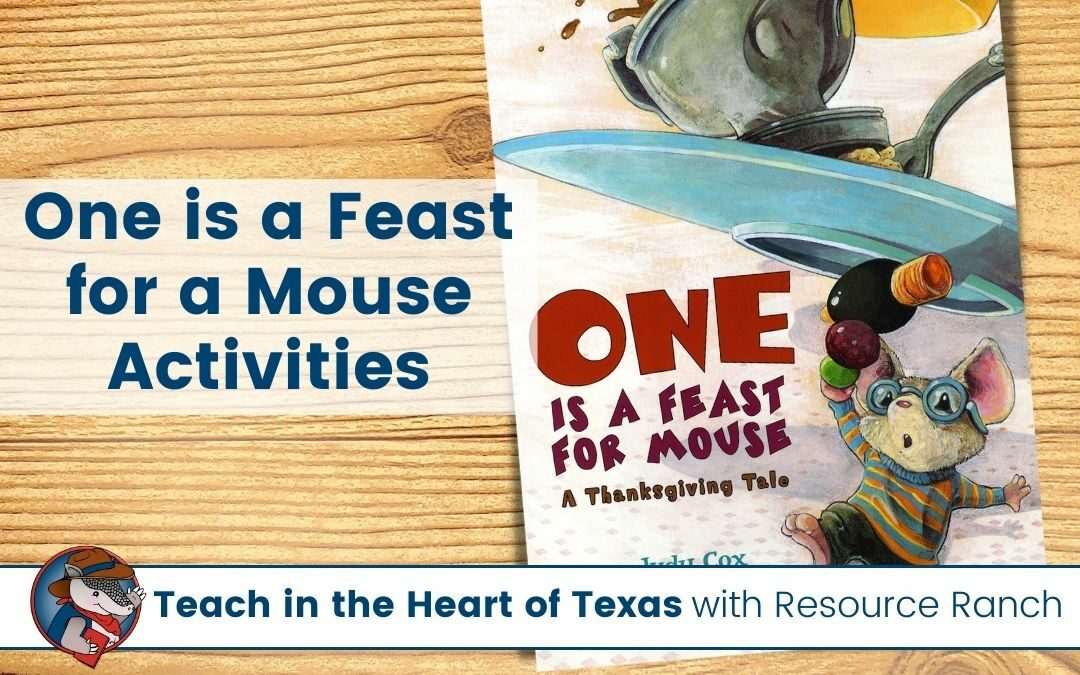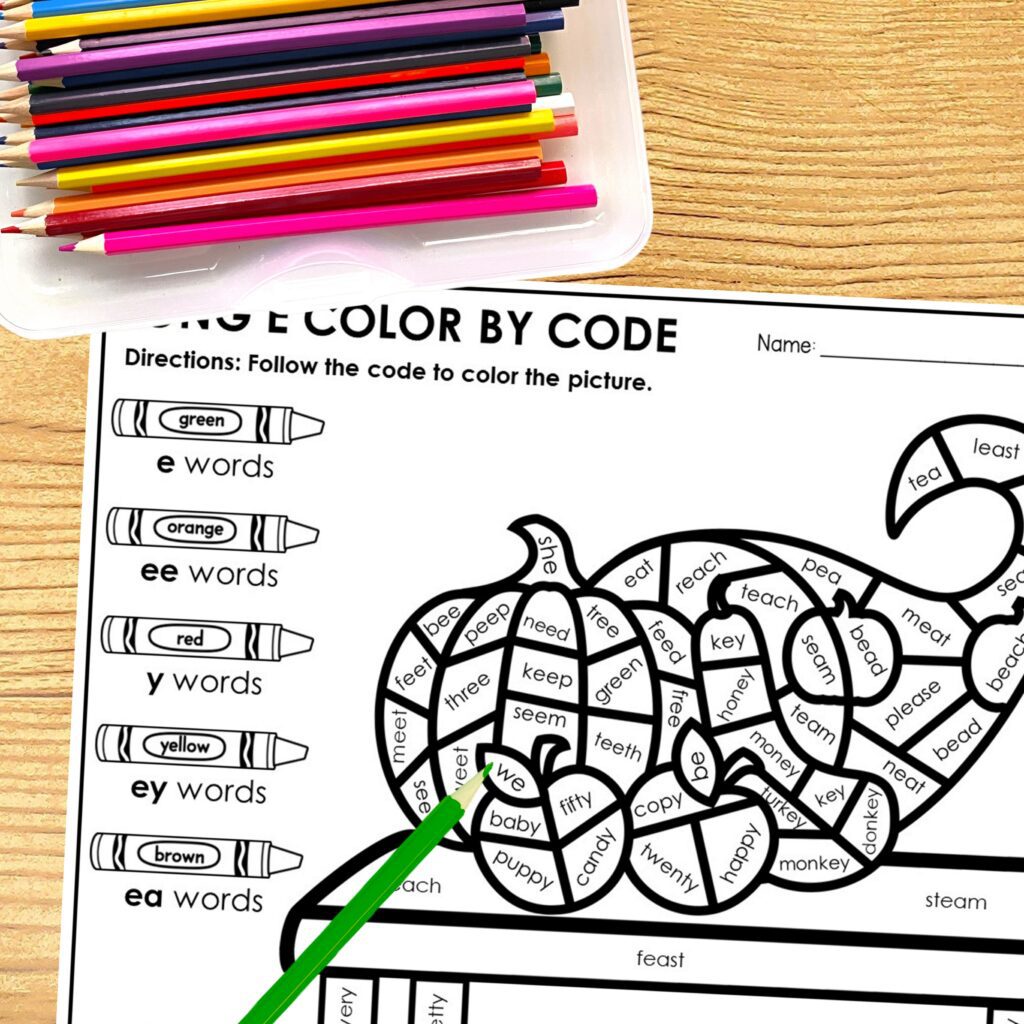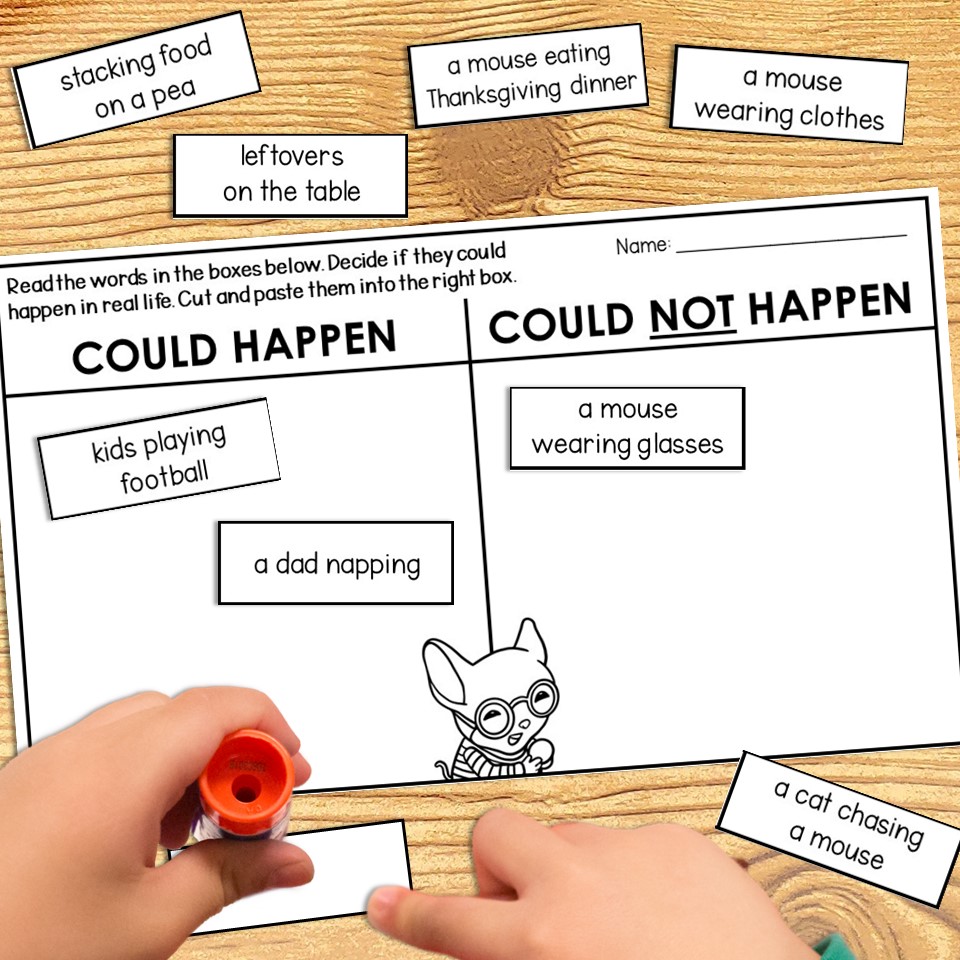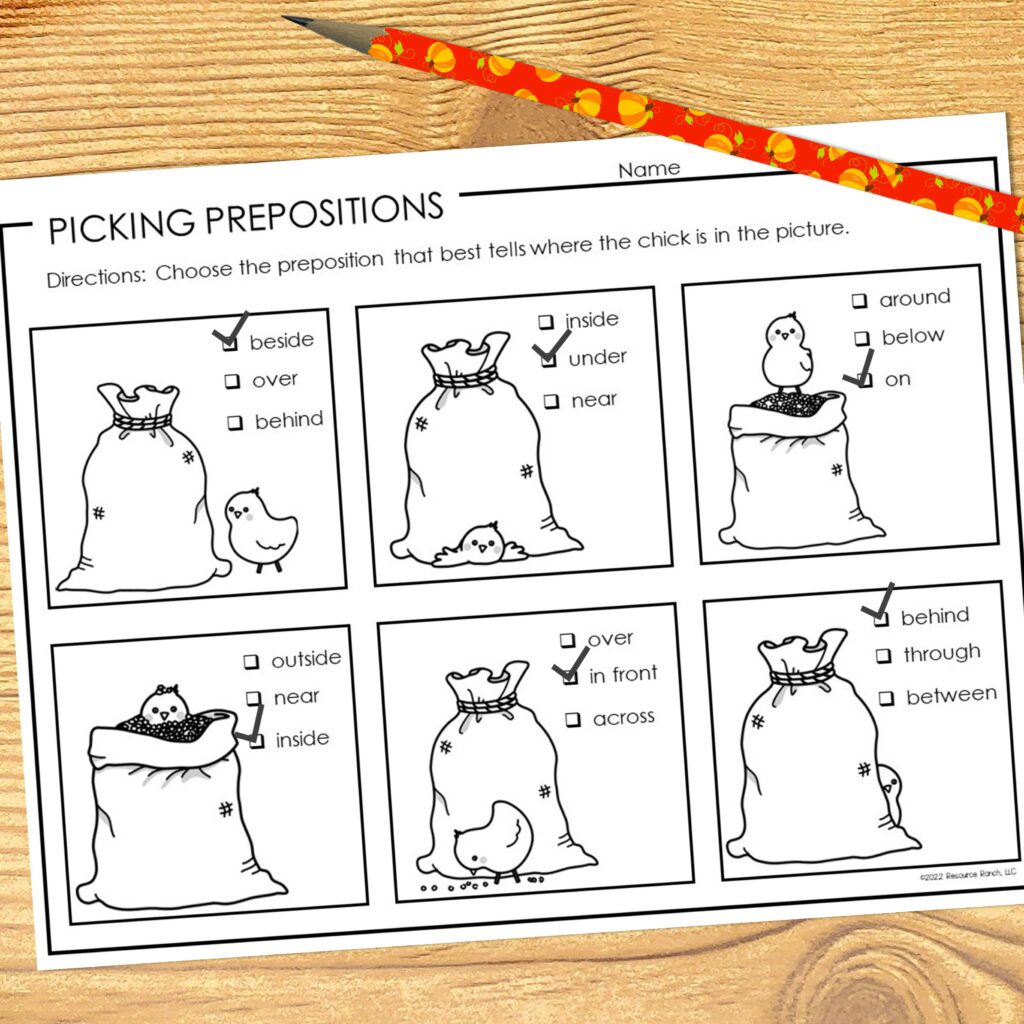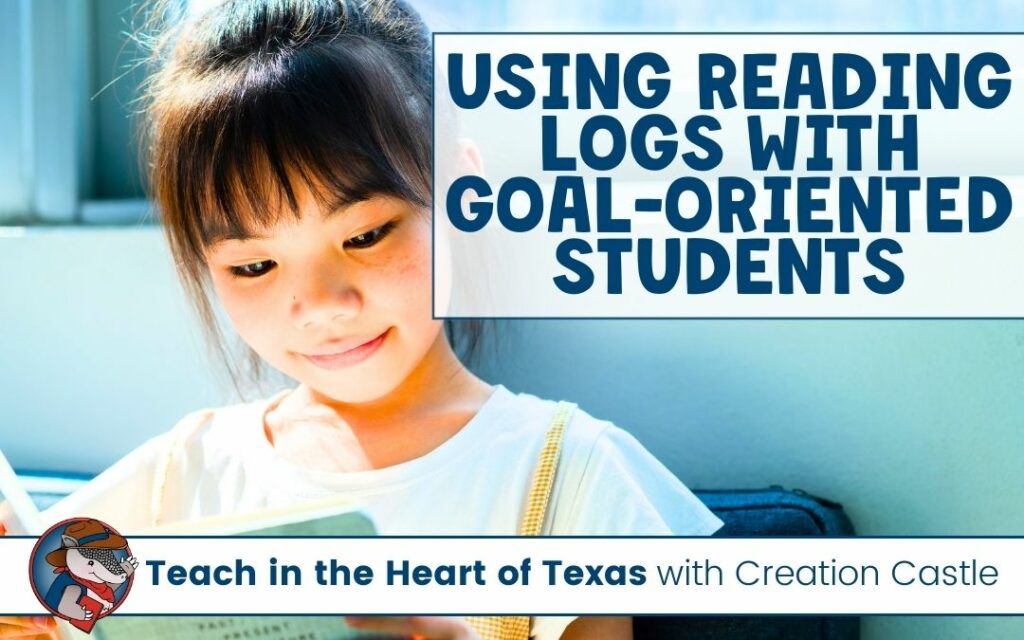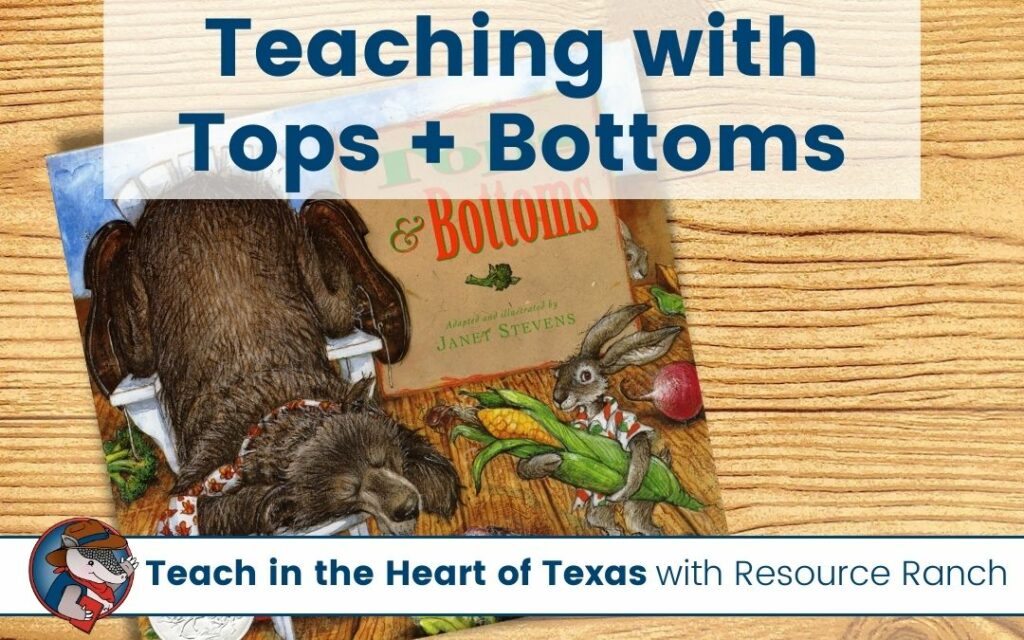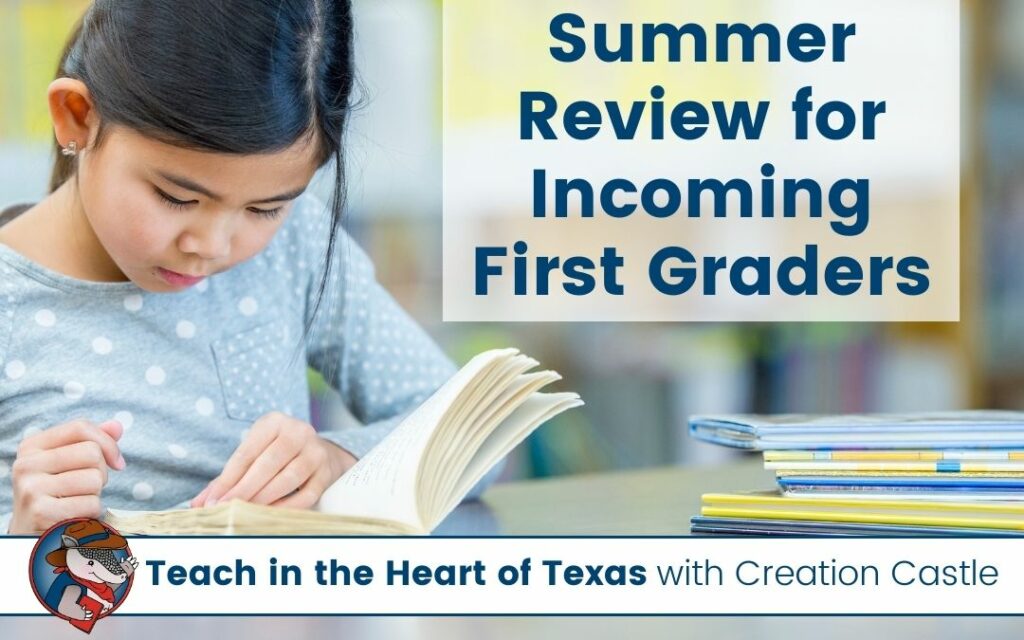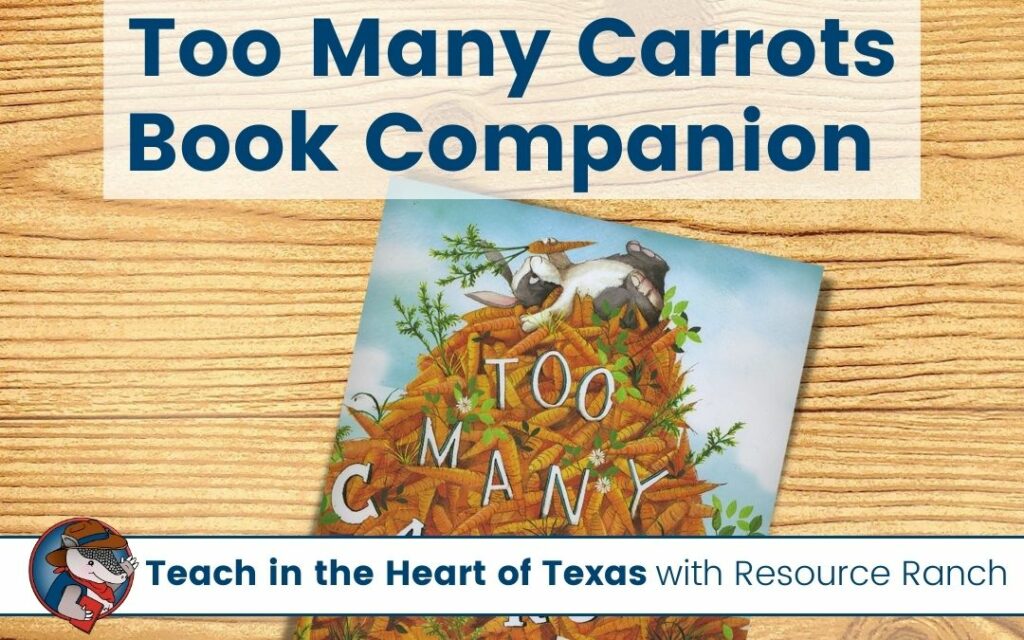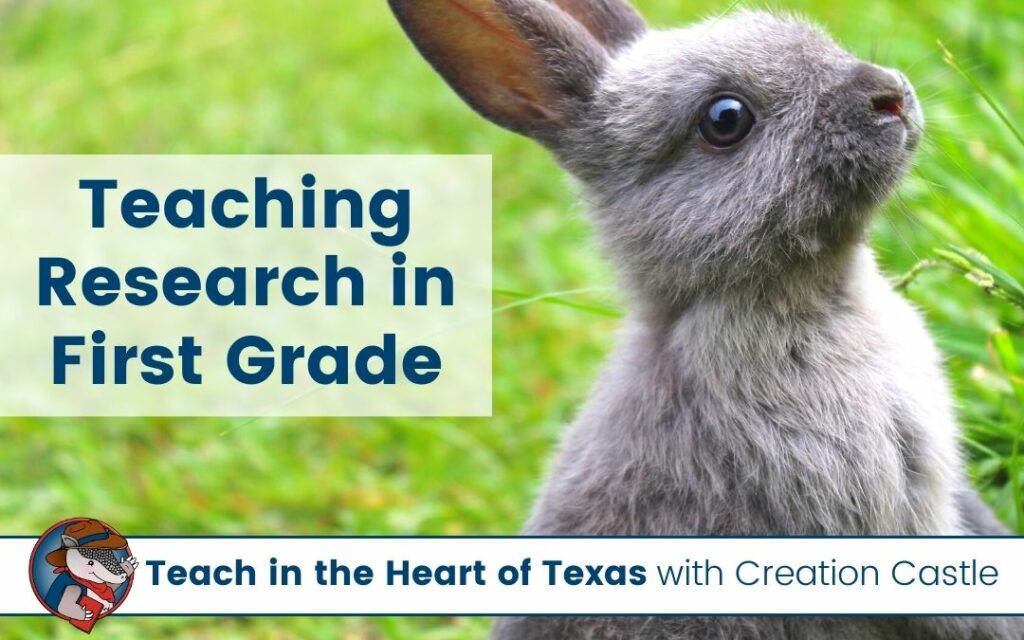This fun cumulative Thanksgiving story of One Is a Feast for a Mouse becomes a bit of a cautionary tale when a little mouse quickly changes from grateful to greedy.
Quick Links
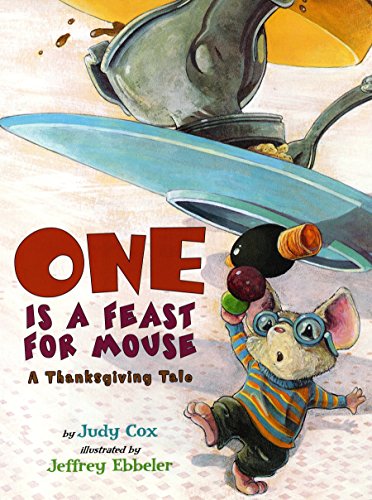
Summary
When Mouse sees Thanksgiving leftovers are still on the table and spies a green pea, he says, “One will be a feast for me.” But every time he heads for his hidey-hole, he adds just one more thing to his feast. His eyes being bigger than his stomach nearly cost him his entire feast when Cat shows up.
Read Aloud Questions
Before Reading
- What do you think the mouse on the cover is doing?
- What does the word feast mean?
- The second part of the title is Thanksgiving Tale – what is a tale?
During Reading
- What does “his eyes were bigger than his stomach” mean?
- Would stacking food like that on a pea be possible? Could a mouse eat all that food?
- Point out the cat creeping closer – What do you predict will happen?
After Reading
- What were the problems in the story?
- What caused the problems?
- Why did Mom blame the cat?
Connecting Standards to One Is a Feast For a Mouse
Author’s Purpose
In most elementary classrooms, we teach that the author’s purpose is to persuade, inform, or entertain. Discuss with students the author’s purpose in One Is a Feast for a Mouse. They will probably quickly agree it is to entertain. However, besides entertaining, this book has underlying lessons about what happens when the little mouse gets greedy and why we should be thankful for even small things.
Inferencing
The mom is napping during most of the story and only appears as the dinner is flying off the table. She blames the cat, although one could argue, it was actually the mouse’s fault. Ask students to share who they think Mom believes made the mess and why. Have them explain how they came to that conclusion.
Reading Fluency
Some students struggle with fluency because they have a hard time understanding how fluent reading should sound. A fun way to teach students about pacing is through choral reading. Since this is a cumulative story, with each time food names repeated and then another food added, you can invite students to join in on the repetitive parts. Reading in unison can be especially helpful for English Language Learners because it takes the spotlight off of struggling readers while encouraging them to participate.
More Activities To Use With The Story
If you’re looking for a way to integrate this book with math or art, Holiday House has some ideas along with a little information about the author, Judy Cox and illustrator Jeffery Ebbeler in this Suggested Classroom Activities Guide.
If you’re looking for literacy connections for this book, including engaging activities like phonics color by code, differentiated prepositions practice, and a comprehension quiz, check out the Learning Through Literature book companion in the Resource Ranch store.

Resource Ranch
Rhonda is the author of Resource Ranch. Most of her classroom experience has been in early elementary. She has also taught Title I Reading, ESL, and gifted students. She is certified as a Texas teacher in grades 1-8 and as a K-12 librarian.

